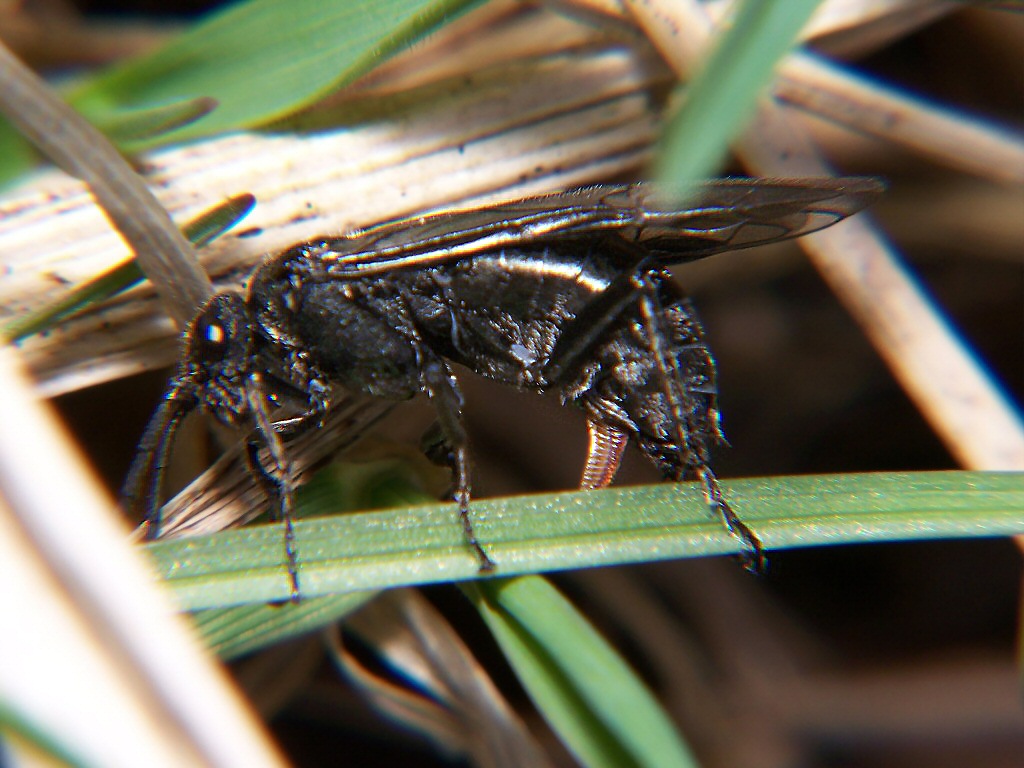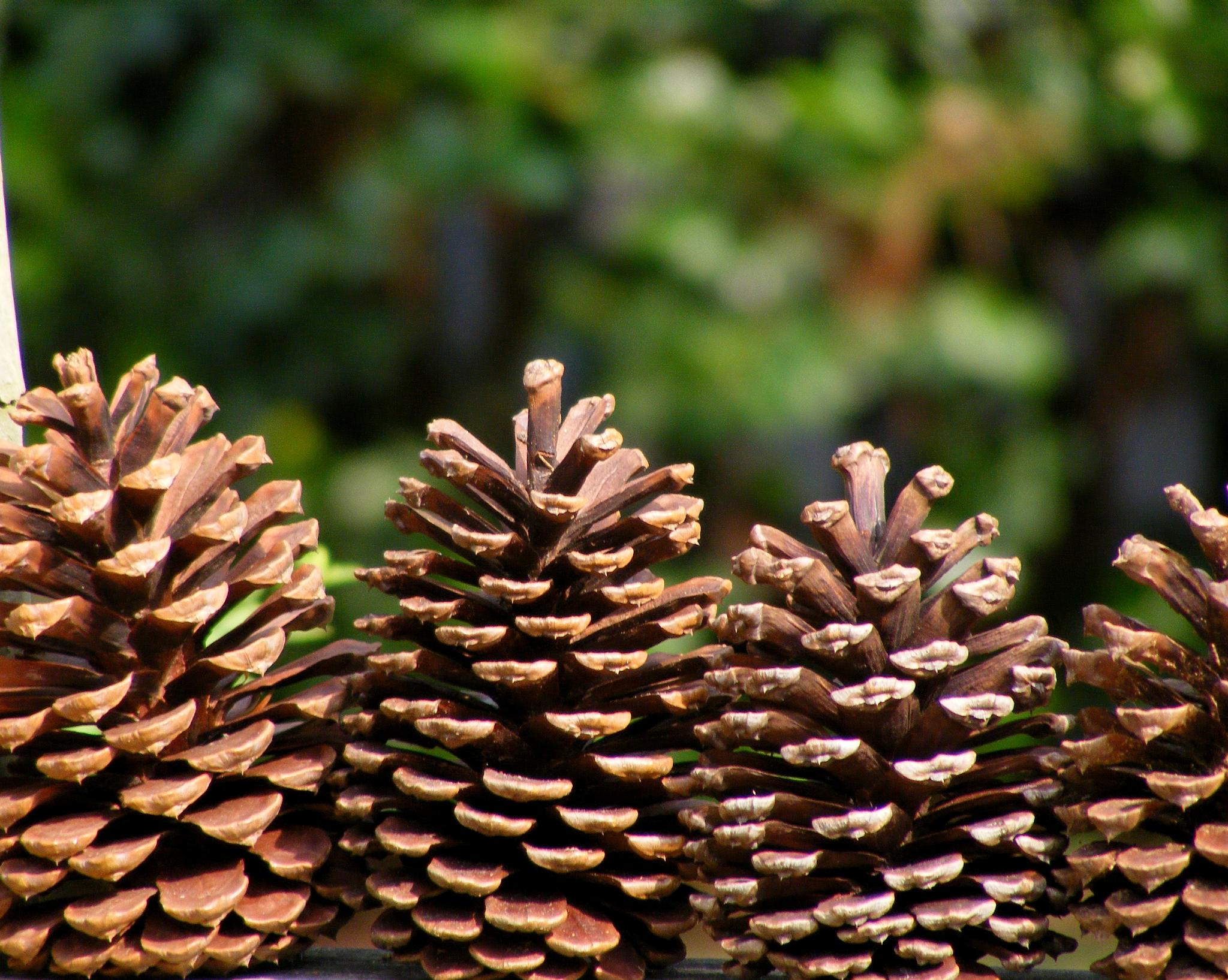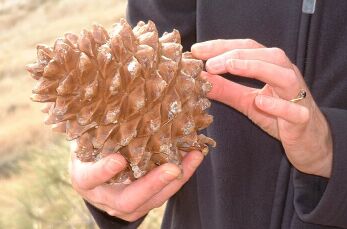|
Xyela Bakeri
''Xyela bakeri'' is a species of sawfly in the genus '' Xyela'' and is endemic to North America. It can be found from Quebec to Florida, and west to British Columbia and California. It has widespread hosts for its larvae, including ''Pinus elliottii ''Pinus elliottii'', commonly known as slash pine,Family, P. P. (1990). Pinus elliottii Engelm. slash pine. ''Silvics of North America: Conifers'', (654), 338. is a conifer tree native to the Southeastern United States. Slash pine is named after ...'', '' P. palustris'' (slash pine), '' P. ponderosa'' (ponderosa pine), '' P. sabiniana'' (gray pine), and '' P. virginiana'' (Virginia pine). References bakeri {{sawfly-stub ... [...More Info...] [...Related Items...] OR: [Wikipedia] [Google] [Baidu] |
Sievert Allen Rohwer
Sievert Allen Rohwer (22 December 1887 in Telluride, Colorado, Telluride – 12 February 1951) was an American entomologist who specialized in Hymenoptera. He was a graduate of the University of Colorado. At the time of his death, Rohwer was serving as the Coordinator Defense Activities for the Agricultural Research Administration within the U.S. Department of Agriculture. Rohwer worked for the USDA from 1909 until his death. Rohwer wrote ''Technical papers on miscellaneous forest insects. II. The genotypes of the sawflies or woodwasps, or the superfamily Tenthredinoidea''. Technical series US Department of Agriculture, Bureau of Entomology, Washington, DC 20: 69–109 (1911) and many papers describing new species of Hymenoptera. His collection is held by the National Museum of Natural History, Smithsonian Institution Washington D. C. His zoological author abbreviations is Rohwer. Selected publications * * * * * See also * :Taxa named by Sievert Allen Rohwer, Taxa named by Siev ... [...More Info...] [...Related Items...] OR: [Wikipedia] [Google] [Baidu] |
Sawfly
Sawflies are wasp-like insects that are in the suborder Symphyta within the order Hymenoptera, alongside ants, bees, and wasps. The common name comes from the saw-like appearance of the ovipositor, which the females use to cut into the plants where they lay their eggs. The name is associated especially with the Tenthredinoidea, by far the largest superfamily in the suborder, with about 7,000 known species; in the entire suborder, there are 8,000 described species in more than 800 genera. Symphyta is paraphyletic, consisting of several basal groups within the order Hymenoptera, each one rooted inside the previous group, ending with the Apocrita which are not sawflies. The primary distinction between sawflies and the Apocrita – the ants, bees, and wasps – is that the adults lack a "wasp waist", and instead have a broad connection between the abdomen and the thorax. Some sawflies are Batesian mimics of wasps and bees, and the ovipositor can be mistaken for a stinger. S ... [...More Info...] [...Related Items...] OR: [Wikipedia] [Google] [Baidu] |
Xyela
''Xyela'' is a genus of sawflies, belonging to the family Xyelidae. The genus was described in 1819 by Dalman. Ecology The genus has cosmopolitan distribution. Larvae of most species of ''Xyela'' live and feed in the developing staminate cones of '' Pinus (Pine)'' species. One species, '' gallicaulis'', forms shoot galls. Adults fly early in the spring and are commonly found in large numbers on the catkins of '' Salix (Willow)'' or '' Alnus (Alder)'' trees near their host plants. List of species Subgenus ''Xyela'' * '' Xyela alberta'' (Curran, 1923) * '' Xyela altenhoferi'' Blank, 2013 * ''Xyela alpigena'' (Strobl, 1895) * ''Xyela bakeri'' Konow, 1898 * ''Xyela brunneiceps'' Rohwer, 1913 * ''Xyela californica'' Rohwer, 1913 * ''Xyela cheloma'' Burdick, 1961 * ''Xyela concava'' Burdick, 1961 * ''Xyela curva'' Benson, 1938 * ''Xyela densiflorae'' Blank & Shinohara, 2005 * ''Xyela deserti'' Burdick, 1961 * ''Xyela dodgei'' Greenbaum, 1974 * '' Xyela exilicornis'' Maa, 1949 * '' ... [...More Info...] [...Related Items...] OR: [Wikipedia] [Google] [Baidu] |
Endemism
Endemism is the state of a species being found only in a single defined geographic location, such as an island, state, nation, country or other defined zone; organisms that are indigenous to a place are not endemic to it if they are also found elsewhere. For example, the Cape sugarbird is found exclusively in southwestern South Africa and is therefore said to be ''endemic'' to that particular part of the world. An endemic species can also be referred to as an ''endemism'' or, in scientific literature, as an ''endemite''. Similarly, many species found in the Western ghats of India are examples of endemism. Endemism is an important concept in conservation biology for measuring biodiversity in a particular place and evaluating the risk of extinction for species. Endemism is also of interest in evolutionary biology, because it provides clues about how changes in the environment cause species to undergo range shifts (potentially expanding their range into a larger area or b ... [...More Info...] [...Related Items...] OR: [Wikipedia] [Google] [Baidu] |
North America
North America is a continent in the Northern Hemisphere, Northern and Western Hemisphere, Western hemispheres. North America is bordered to the north by the Arctic Ocean, to the east by the Atlantic Ocean, to the southeast by South America and the Caribbean Sea, and to the south and west by the Pacific Ocean. The region includes Middle America (Americas), Middle America (comprising the Caribbean, Central America, and Mexico) and Northern America. North America covers an area of about , representing approximately 16.5% of Earth's land area and 4.8% of its total surface area. It is the third-largest continent by size after Asia and Africa, and the list of continents and continental subregions by population, fourth-largest continent by population after Asia, Africa, and Europe. , North America's population was estimated as over 592 million people in list of sovereign states and dependent territories in North America, 23 independent states, or about 7.5% of the world's popula ... [...More Info...] [...Related Items...] OR: [Wikipedia] [Google] [Baidu] |
Pinus Elliottii
''Pinus elliottii'', commonly known as slash pine,Family, P. P. (1990). Pinus elliottii Engelm. slash pine. ''Silvics of North America: Conifers'', (654), 338. is a conifer tree native to the Southeastern United States. Slash pine is named after the "slashes" – swampy ground overgrown with trees and bushes – that constitute its habitat. Other common names include swamp pine, yellow slash pine, and southern Florida pine. Slash pine has two different varieties: ''P. e.'' var. ''elliottii'' and ''P. e.'' var. ''densa''. Historically, slash pine has been an important economic timber for naval stores, turpentine, and resin. The wood of slash pine is known for its unusually high strength, especially for a pine. It exceeds many hardwoods and is even comparable to very dense woods such as black ironwood. Description and taxonomy This tree is fast-growing, but not very long-lived by pine standards (to 200 years). It reaches heights of with a trunk diameter of . The leaves are need ... [...More Info...] [...Related Items...] OR: [Wikipedia] [Google] [Baidu] |
Pinus Ponderosa
''Pinus ponderosa'', commonly known as the ponderosa pine, bull pine, blackjack pine, western yellow-pine, or filipinus pine, is a very large pine tree species of variable habitat native to mountainous regions of western North America. It is the most widely distributed pine species in North America.Safford, H.D. 2013. Natural Range of Variation (NRV) for yellow pine and mixed conifer forests in the bioregional assessment area, including the Sierra Nevada, southern Cascades, and Modoc and Inyo National Forests. Unpublished report. USDA Forest Service, Pacific Southwest Region, Vallejo, CA/ref> ''Pinus ponderosa'' grows in various erect forms from British Columbia southward and eastward through 16 western U.S. states and has been introduced in temperate regions of Europe and in New Zealand. It was first documented in modern science in 1826 in eastern Washington near present-day Spokane (of which it is the official city tree). On that occasion, David Douglas misidentified it as ' ... [...More Info...] [...Related Items...] OR: [Wikipedia] [Google] [Baidu] |
Pinus Sabiniana
''Pinus sabiniana'' (sometimes spelled ''P. sabineana'') is a pine endemic to California in the United States. Its vernacular names include towani pine, foothill pine, gray pine, ghost pine, and bull pine. The name digger pine was historically used but includes a racial slur. Description ''Pinus sabiniana'' trees typically grow to , but can reach . The pine needles are in fascicles (bundles) of three, distinctively pale gray-green, sparse and drooping, and grow to in length. The seed cones are large and heavy, in length and almost as wide as they are long. When fresh, they weigh from , rarely over . The male cones grow at the base of shoots on the lower branches. File:Pinus sabineana 00061.JPG, Bark File:Pinus sabiniana (Gray Pine) - foliage (30485878313).jpg, Foliage File:Pinus sabiniana pollen cones Pinnacles, California.jpg, Pollen cones File:J20161101-0079—Gray pine cone, pine nuts, and resin—RPBG (30547385050).jpg, Cone, seeds, and resin Taxonomy Common name ... [...More Info...] [...Related Items...] OR: [Wikipedia] [Google] [Baidu] |
Pinus Virginiana
''Pinus virginiana'', the Virginia pine, scrub pine, Jersey pine, possum pine, is a medium-sized tree, often found on poorer soils from Long Island in southern New York south through the Appalachian Mountains to western Tennessee and Alabama. The usual size range for this pine is 18–59 feet, but can grow larger under optimum conditions. The trunk can be as large as 20 inches diameter. This tree prefers well-drained loam or clay, but will also grow on very poor, sandy soil, where it remains small and stunted. The typical life span is 65 to 90 years. The short (4–8 cm), yellow-green needles are paired in fascicles and are often twisted. Pinecones are 4–7 cm long and may persist on the tree for many years, often (though not always) releasing their seeds in the second year. In growth habit, some trees may be inclined with twisted trunks. This pine is useful for reforesting and provides nourishment for wildlife. Its other main use is on Christmas tree farms, despit ... [...More Info...] [...Related Items...] OR: [Wikipedia] [Google] [Baidu] |




